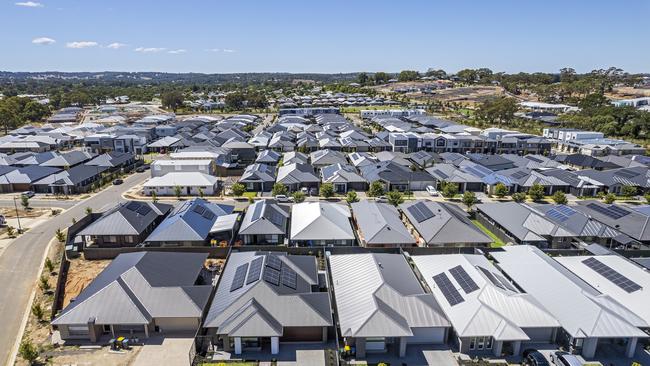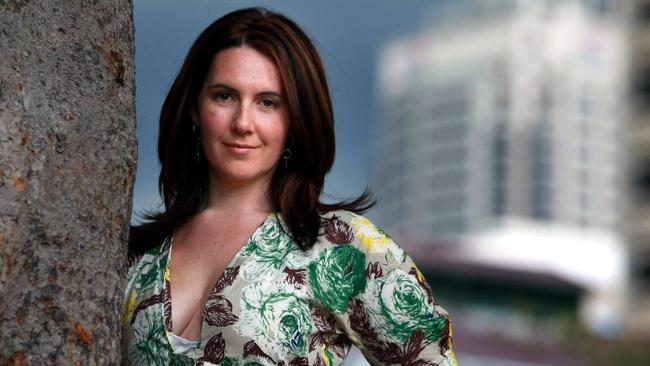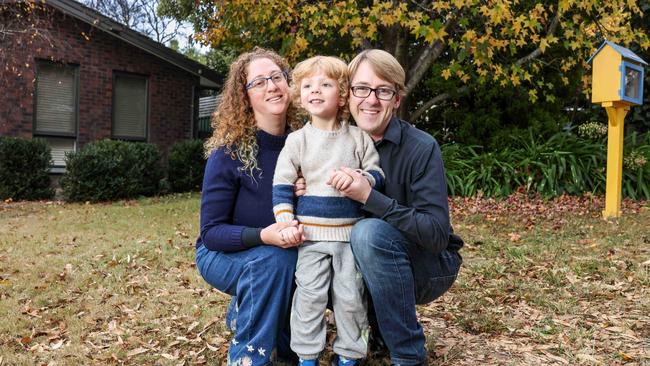Home seekers without rich parents locked out as inheritances balloon to nearly $3m in one SA regional area
The Bank of Mum and Dad has never played a bigger part in homeownership, with alarming figures showing parents are giving their kids almost $3m in one area.

The Bank of Mum and Dad has never played a bigger part in young South Australians securing their own home, with almost two thirds of homebuyers relying on family financing to achieve the Great Australian Dream.
New research from Digital Finance Analytics shows that the percentage of first homebuyers seeking help from the Bank of Mum and Dad has jumped from just 3 per cent in 2010 to 59 per cent now.
As if that wasn’t terrifying for parents, the average loan size for a deposit has increased from $23,000 in 2010 to a whopping $107,000 now.
This is an increase of more than 365 per cent.
According to their research, up until 2015, parents were the only family members providing financial assistance, whereas now, about 11 per cent of those who relied on deposit money from family members got it from grandparents.

Digital Finance Analytics principal Martin North said the transfer of generational wealth had created a two-speed economy.
“Those with access to family wealth can pay more and bid prices up, whereas those without this leg-up are being excluded,” she said.
“This is a classic policy failure due to 20 years plus of poor Government policy.
“Prices have been stretched thanks to government policy like first-time buyer subsidies and tax breaks, plus weak lending controls and high migration.
“This explosion in asset prices means people have to pay more for somewhere to live, but it enables people already owning property to pass down some of their equity via the family bank.

Mr North said those with help from family were three times more likely to default in subsequent five years because of a “lack of savings discipline from the ‘seagull’ payment”.
Seer Data & Analytics research revealed the South Australian areas where the highest amount of household wealth were about to be transferred. In SA, that’s Naracoorte and surrounding areas, where the average wealth transferred per household transferred is $2.97m.
This was ahead of Beaumont-Glen Osmond at $2.11m, Toorak Gardens at $1.98m, Kimba-Cleve-Franklin Harbour; and Loxton and Surrounds at $1.97m and North Adelaide at $1.96m.
Seer Data & Analytics co-founder and CEO Kristi Mansfield said the inheritance research showed some surprising locations where large amounts of wealth were about to be transferred.
“There’s deep wealth to be transferred in some places you wouldn’t imagine, and what this is highlighting is really how much wealth there is across many suburbs and states,” Ms Mansfield said.
“It’s mostly concentrated in capital cities, apart from the ACT,” she said.

In compiling the data, Seer used ABS statistics such as birth and death rates, age groups, and net household wealth – equity, shares, income, superannuation – in making an estimate of when households will pass on wealth.
“We’re seeing significant housing net wealth due to increasing house prices and increased wealth over the last generation in particular,” Ms Mansfield said.
“Most of that wealth will transfer to older women because we know they usually outlive their husbands, and for the most part, that will then go to their children or family members.”
Policy adviser Michael Cornish, 41, said he and his data analyst wife Dayna Fisher, 39, were already preparing for how they could support their four year-old son Owen should he want to buy his own home in the future.
“It does demonstrate that the social contract in Australia around the Great Australian Dream and being able to get into your own house really is fraying at the edges, if not completely broken,” he said.

“It’s not affordable unless you’re at the very top of the income ladder and even then not always depending on the depending on the capital city.
“So in that sense, there is something fundamentally broken with housing in our country.”
Mr Cornish said he was expecting to have to support his son purchase down the track.
“I can’t see any way for him to get into a house without our help or at least the help of family, and that is really a good way of entrenching disadvantage and entrenching advantage, because the children who are able to receive family support to get into housing have a massive leg up, not through any thing other than who they happen to be born to – nothing to do with their merit, nothing to do with how deserving or otherwise they are, and nothing to do with, in fact, how hard they happen to work.
“And that’s why something is fundamentally broken.”
Originally published as Home seekers without rich parents locked out as inheritances balloon to nearly $3m in one SA regional area
